Marine searchlights are high intensity spotlights that can project light over great distances in a concentrated beam. The tight, focused beam of light pierces the deep darkness ahead of the vessel to help perform a range of tasks from locating buoys to identify a potential hazard. Searchlights may be of the halogen, xenon, or LED type. Xenon lamps have been the most important light sources for long throw lighting applications. A xenon arc lamp is a specialized type of gas discharge lamp with xenon gas sealed in a bulb. It emits light when electricity is passed through ionized xenon gas at high pressure. The short arc xenon filled lamps produce extremely bright white light with a color temperature of 6000 degrees Kelvin.
As a point source, the xenon arc lamp can produce a collimated light beam which allows a searchlight to throw light for up to 11.5km in distance when operated at 3,000 watts. However, the xenon searchlight has drawbacks. The pressurized gas in the xenon bulb poses risks of explosion. The use of xenon searchlights involves a high cost of ownership because the light source has a short lifespan and is relatively expensive. The lamp electrodes are especially vulnerable to excessive ripples present in the load. Shielding is needed because xenon lamps produce a large amount of ultraviolet radiation.
While the progress in LED technology has been impressive, it still cannot compete with the xenon technology in servicing long distance lighting applications. However, LED searchlights can be excellent alternatives to xenon searchlights in short- and mid-range spotlighting applications. In addition to their unparalleled efficiency, controllability, reliability, safety and durability, the optical directionality and small source size of the LEDs allow to create very tight beams with full width at half maximum (FWHM) divergence as small as 3 degrees using total internal reflection (TIR) lenses.

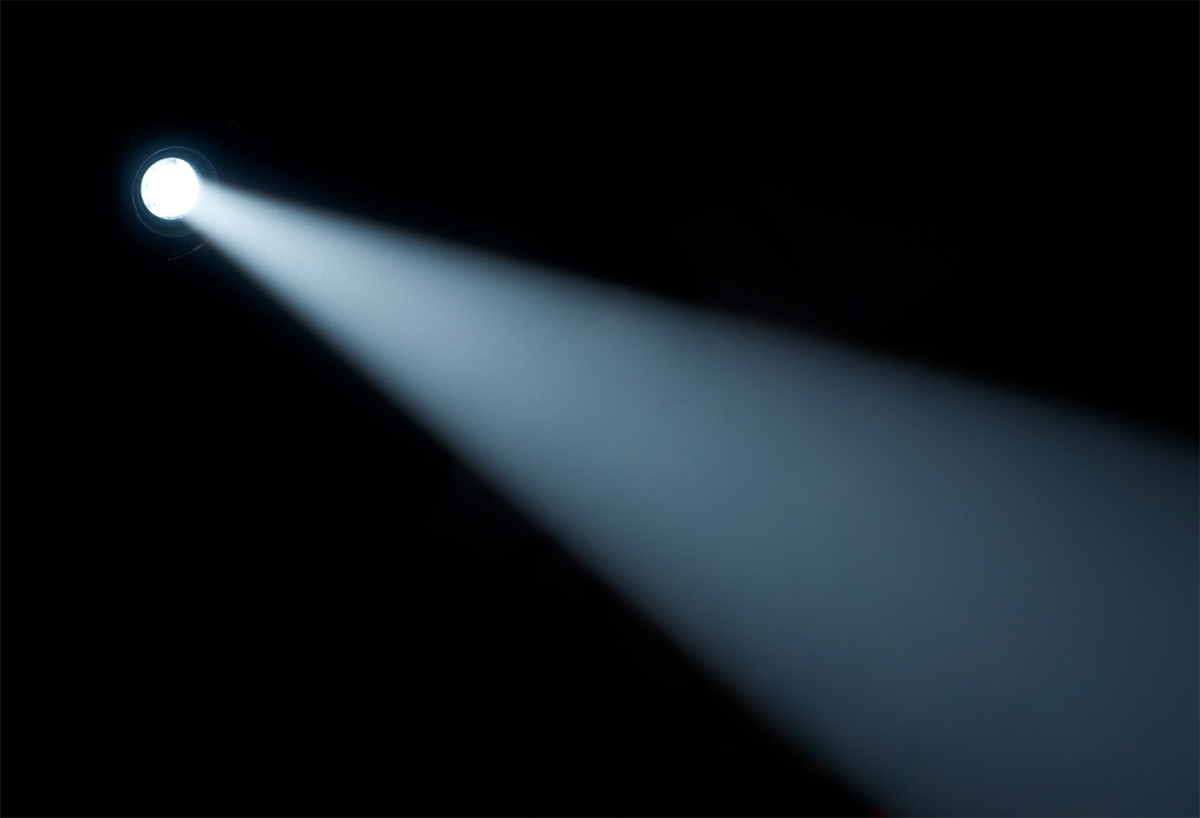

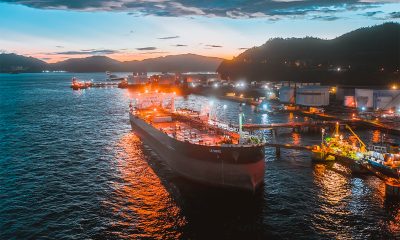
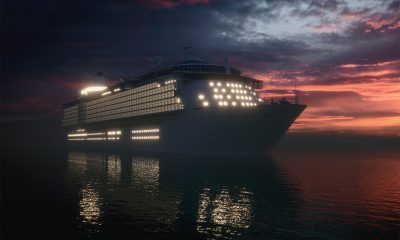

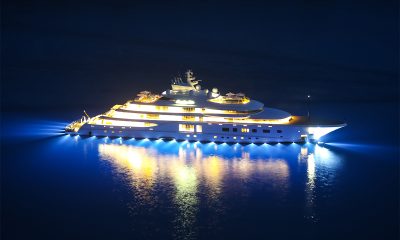
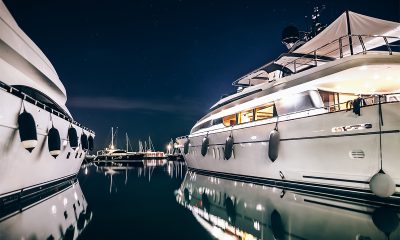

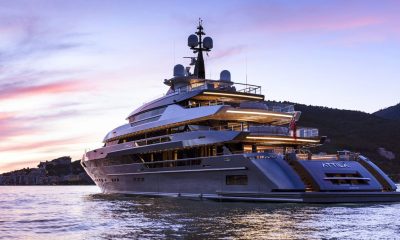
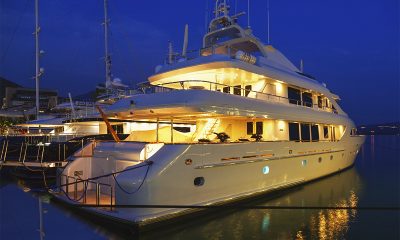





Loading...